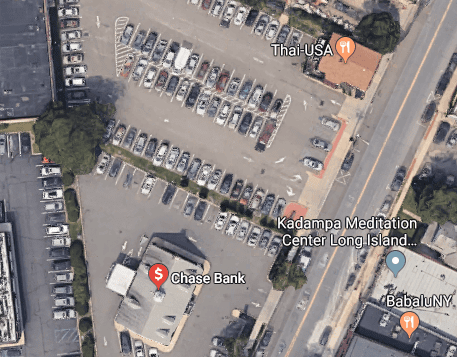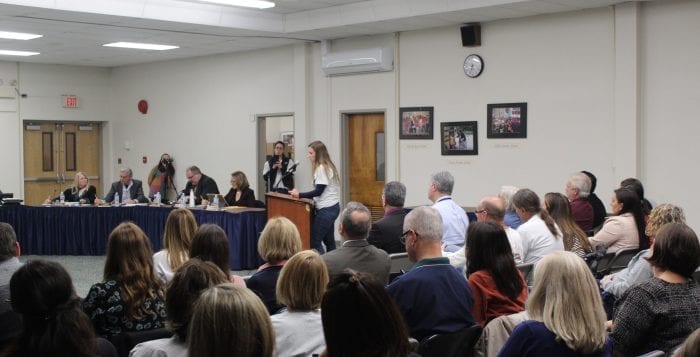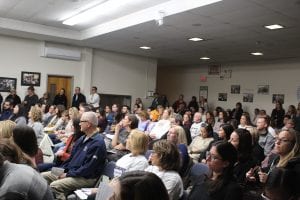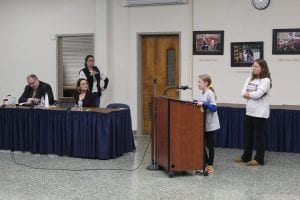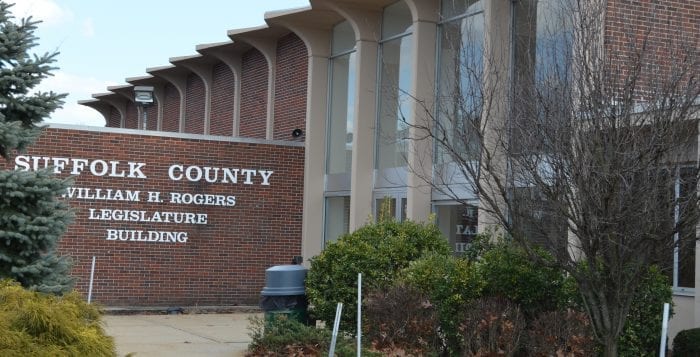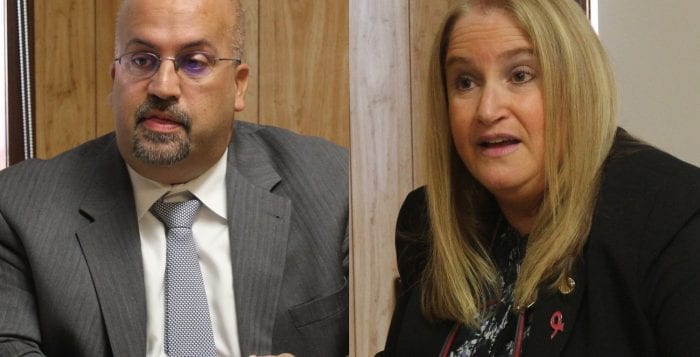On Tuesday, Nov. 19 residents of the Cold Spring Harbor Central School District approved a proposed scope of work totaling $34.4 million, which will be funded utilizing $1.2 million from the current capital reserve fund and a $33.2 million bond. The bond passed with a vote of 534 Yes and 398 No. The board of education and Superintendent Robert C. Fenter would like to thank all community residents who participated in this vote.
“Our community continues to demonstrate their commitment to provide our students with a quality education that will provide the skills needed to be successful in the future,” said BOE President Anthony Paolano. “We appreciate their support and look forward to building upon our current success to create an improved learning environment that is focused on the future.”
The scope of work in the bond will benefit all schools including:
• Construction of a new science learning center at CSH Jr./Sr. High School with four newly constructed science classrooms and a marine wet lab, featuring the district’s unique Coral Reef Project.
• Construction of a new STEAM suite at CSH Jr./Sr. High School including a new redesigned robotics space.
• Installation of full-building generators at all schools to avoid disruption of instruction and to ensure school openings during local power outages.
• Installation of new sound and energy-efficient LED lighting systems in the CSH Jr./Sr. High School Performing Arts Center.
• An expanded kitchen, renovated cafeteria and additional parking at West Side Elementary School.
• Renovated music space at Goosehill Primary School.
• Improved security for classroom doors in all schools.
• Current weightlifting room in the basement of CSH Jr./Sr. High School will be relocated and renovated for use as a physical education/sports training space.
• Additional parking spaces will be created at CSH Jr./Sr. High School to accommodate parking needs during sporting events.
For a more detailed breakdown of the complete scope of work, visit the district website at www.csh.k12.ny.us.
The district will keep the community informed on the progress of the approved work.


